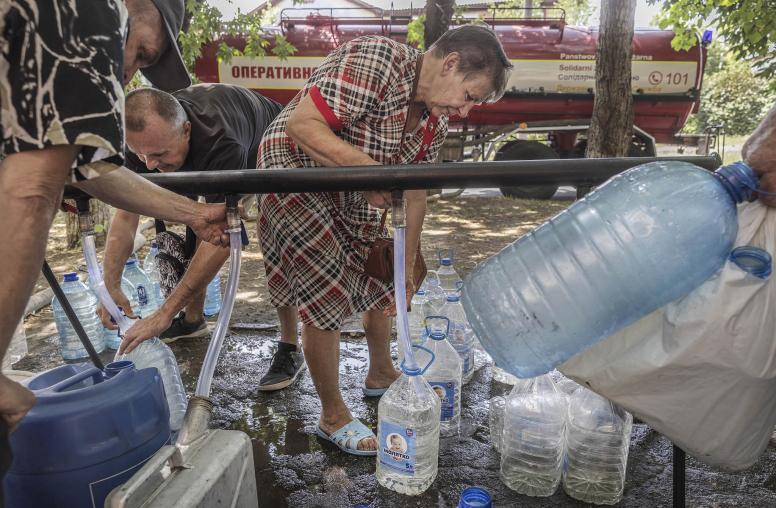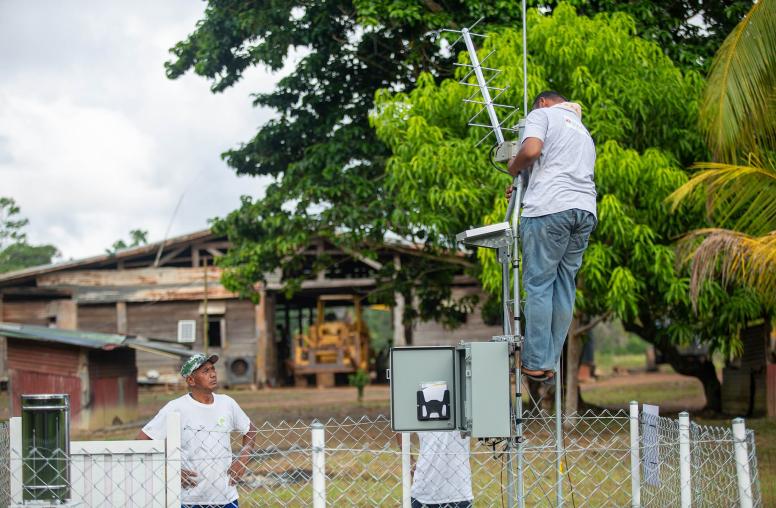Employment Generation and Economic Development in Stabilization and Reconstruction Operations
Stabilization and Reconstruction Series No. 6
It seems logical that improving the lives of those who have suffered from conflict would include a program to generate economic well-being in the immediate period after hostilities subside. Yet livelihood creation, the root of potential economic success and security, has often become a secondary objective in the transformation from war to peace.

Summary
- It seems logical that improving the lives of those who have suffered from conflict would include a program to generate economic well-being in the immediate period after hostilities subside. Yet livelihood creation, the root of potential economic success and security, has often become a secondary objective in the transformation from war to peace.
- An obvious reason for this relegation to a lower priority is that security, humanitarian needs, and restoring the rule of law often overtake the economic development priorities of any peace-building mission.
- Even in Iraq, the largest stabilization and reconstruction effort undertaken by the U.S. government, restoring livelihoods and getting people back to work remains an unresolved challenge and an unmet agenda. Of the nearly $20 billion of U.S.-appropriated funds to reconstruct Iraq, only $805 million was directed toward jump-starting the private sector.
- Although employment generation is not a new subject in “postwar” literature, lessons about implementation vary from one country to the next. Current knowledge about “golden hour” job creation, which is creating jobs within one year of the cessation of hostilities, is culled more from specific pilot studies than from a coherent overview of what tools exist and how they can be applied.
- This report advances current research by providing such an overview for U.S. government policymakers. It seeks to help the U.S. government work through the lessons learned about the processes needed to generate employment. Moreover, it explores the U.S. government strategy toward golden hour job creation, the existing civilian and military tools, and how these tools can be better incorporated into larger transformation efforts. The report also notes the limitations of U.S. civilian capacity in a nonpermissive environment.
About the Report
This report is based on a series of consultations under the auspices of the Employment Generation and Economic Development Working Group, chaired by Greg Huger, president of AirliePartners, and Harriet Hentges, former executive vice president of the U.S. Institute of Peace. The working group is part of the Institute’s Filling the Gaps program, which aims to systematically address the causes of failure in specific areas within reconstruction and stabilization operations and to generate policy options for those in the U.S. government and elsewhere who lead and staff such operations. Filling the Gaps is directed by Beth Cole under the leadership of Daniel Serwer, vice president for Post-Conflict Peace and Stability Operations at the Institute. Johanna Mendelson-Forman, Ph.D., wrote this report with Merriam Mashatt, director of the Institute’s Center of Innovation for Economies and Conflict, in the summer of 2006, when Mendelson-Forman was a guest scholar at the Institute. She is now a senior associate at the Center for Strategic and International Studies and a consultant to the United Nations Mission in Haiti. The authors thank Zoë Cooprider for her research support.



